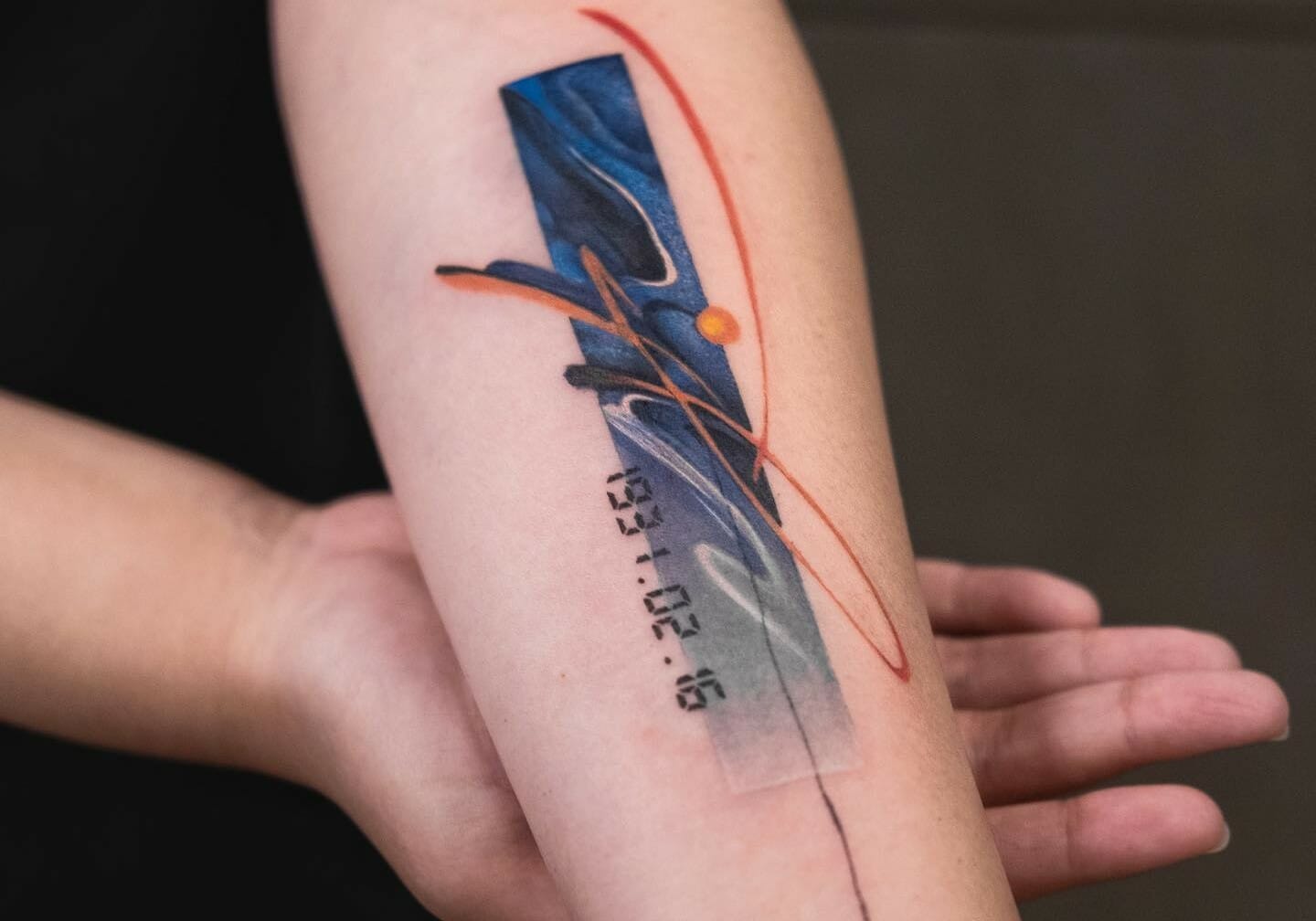
Okay, so you’re thinking about getting a sunflower tattoo?
That’s awesome!
But you’re probably wondering, "What kind of shading will make it pop?"
"Will it look good in black and gray, or should I go for color?"
"How do I make sure it doesn’t look flat?"
I get it.
Choosing the right shading style can make or break your sunflower tattoo.
Let’s dive into the best shading styles for a sunflower tattoo to help you make the perfect choice.
Choosing the Right Shading for Your Sunflower Tattoo
The shading is what gives your sunflower tattoo depth, dimension, and personality.
It’s the secret sauce that transforms a simple outline into a stunning piece of art.
Think of it like this: you can have the most beautifully drawn sunflower outline, but without the right shading, it’ll just sit there, lifeless.
I’ve seen some killer sunflower tattoos ruined by poor shading choices.
Don’t let that happen to you!
Black and Gray Shading Styles for Sunflower Tattoos
Black and gray shading is a classic choice that never goes out of style.
It’s versatile, timeless, and can create some seriously dramatic effects.
Here’s a breakdown of some popular black and gray shading techniques:
- Stippling: This involves using tiny dots to create the illusion of shading. It’s great for a softer, more delicate look. Think pointillism, but on your skin!
- Hatching: Using fine, parallel lines to build up shading. The closer the lines, the darker the area. This can give your sunflower a really cool, textured feel.
- Whip Shading: This technique involves flicking the needle quickly to create a soft, gradient effect. It’s perfect for blending colors seamlessly and creating smooth transitions.
- Solid Black: Bold and dramatic. Great for defining edges and creating strong contrasts. This can make your sunflower really stand out.
Pro Tip: Consider the size and placement of your tattoo when choosing a black and gray shading style. Smaller tattoos might benefit from stippling or whip shading to avoid looking too cluttered.
Color Shading Styles for Sunflower Tattoos
If you’re looking for a vibrant and eye-catching sunflower tattoo, color shading is the way to go.
It can bring your design to life and capture the sunflower’s natural beauty.
Here are some color shading options to consider:
- Watercolor: This technique mimics the look of watercolor paintings, with soft, blended colors and a dreamy, ethereal feel. It’s perfect for a delicate and feminine sunflower tattoo.
- Realistic Shading: This involves using a range of colors to accurately depict the sunflower’s natural tones and textures. This requires a skilled artist but can result in a truly stunning and lifelike tattoo.
- Traditional Shading: Bold outlines and solid blocks of color. This style is classic and timeless.
- Neo-Traditional Shading: Similar to traditional, but with more detail and a wider range of colors. This allows for more depth and dimension.
Real-Life Example: I once saw a watercolor sunflower tattoo that was absolutely breathtaking. The artist used subtle shades of yellow, orange, and brown to create a soft, dreamy effect. It looked like it was painted directly onto the skin.
Factors to Consider When Choosing a Shading Style
Before you commit to a specific shading style, think about these factors:
- Your Skin Tone: Lighter skin tones tend to show color more vibrantly, while darker skin tones may require bolder shading techniques to ensure the tattoo is visible.
- Your Pain Tolerance: Some shading techniques, like stippling, can be more time-consuming and potentially more painful than others.
- The Artist’s Expertise: Not all artists are proficient in every shading style. Make sure your artist has experience with the style you’re interested in. Check their portfolio!
- Long-Term Look: Consider how the shading will age over time. Some colors may fade more quickly than others. Black and gray tends to hold up well.
Making the Final Decision for Your Sunflower Tattoo
Choosing the best shading style for your sunflower tattoo is a personal decision.
Talk to your tattoo artist about your vision and ask for their recommendations.
They can help you choose a shading style that complements your design and skin tone.
Don’t be afraid to ask questions and explore different options until you find the perfect fit.
FAQ About Sunflower Tattoo Shading
-
Q: Does shading affect the price of a tattoo?
- A: Yes, more complex shading techniques usually require more time and skill, which can increase the price of your tattoo.
-
Q: How long does shading take?
- A: It depends on the size and complexity of the shading. A small, simple tattoo might only take an hour, while a larger, more detailed piece could take several hours or even multiple sessions.
-
Q: Can I mix different shading styles in one tattoo?
- A: Absolutely! Mixing shading styles can create a unique and interesting effect. Just make sure the styles complement each other.
-
Q: Will my tattoo fade faster if it’s heavily shaded?
- A: Not necessarily. Fading depends more on factors like sun exposure, skin care, and the quality of the ink used.
Ultimately, selecting the right shading styles for a sunflower tattoo is crucial for getting a piece of art you’ll love for years to come.









